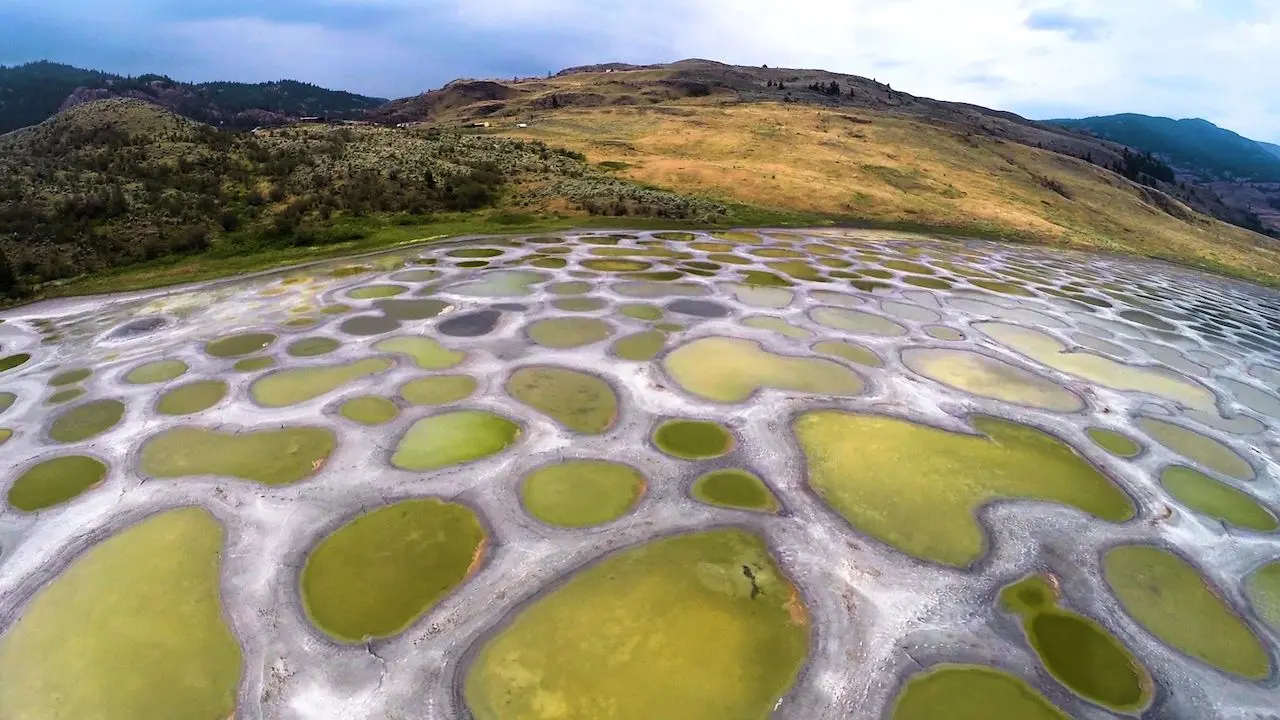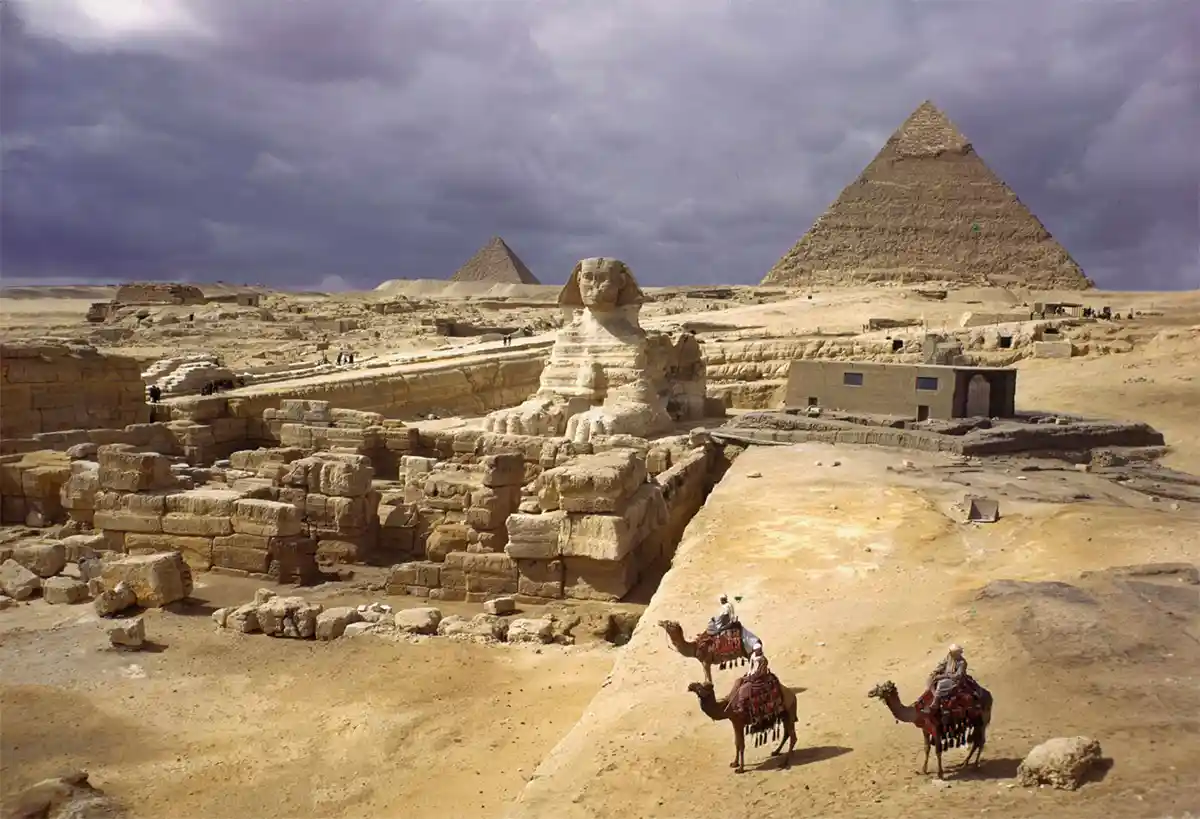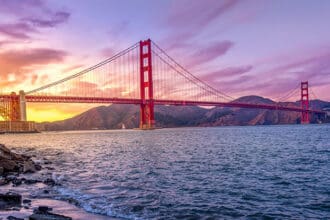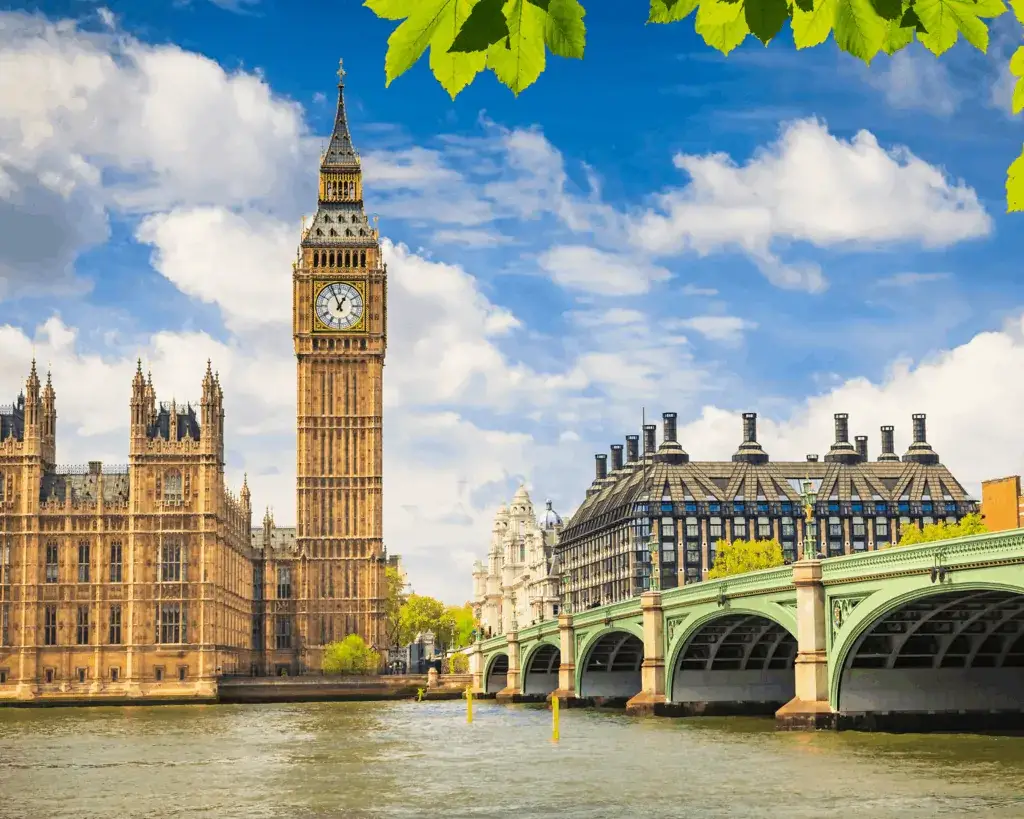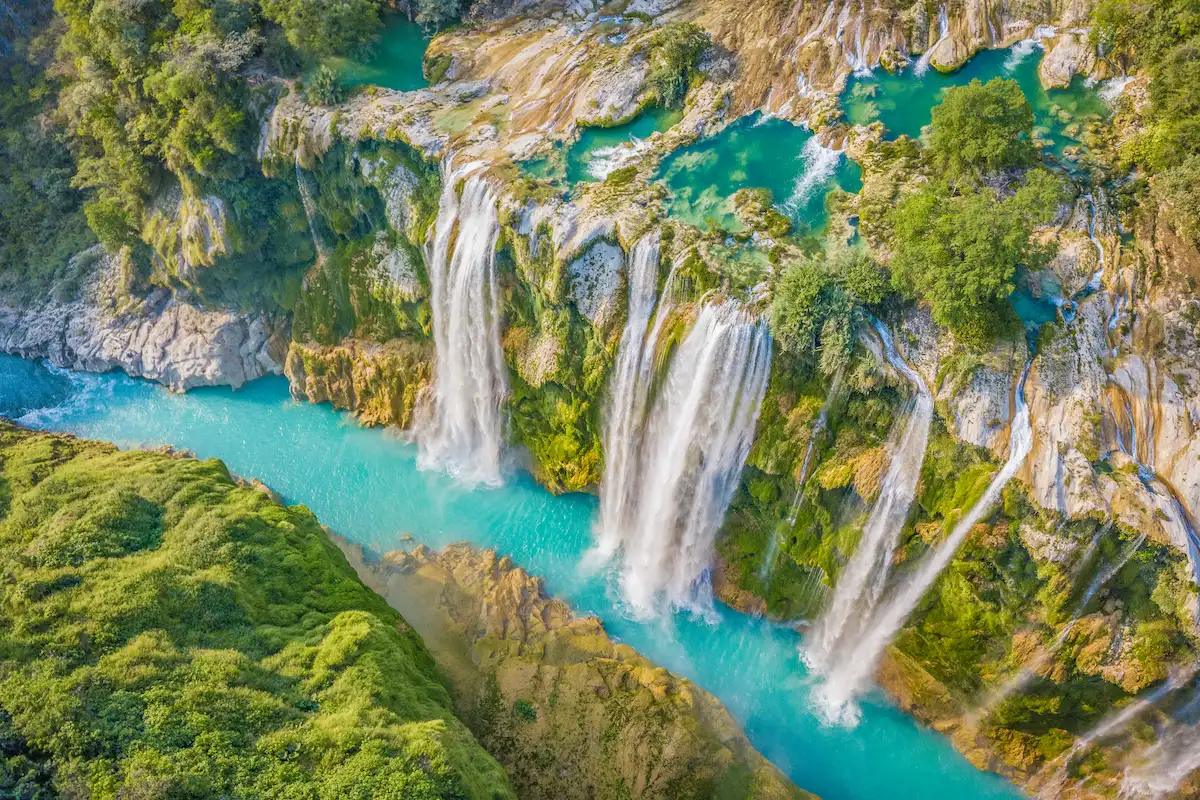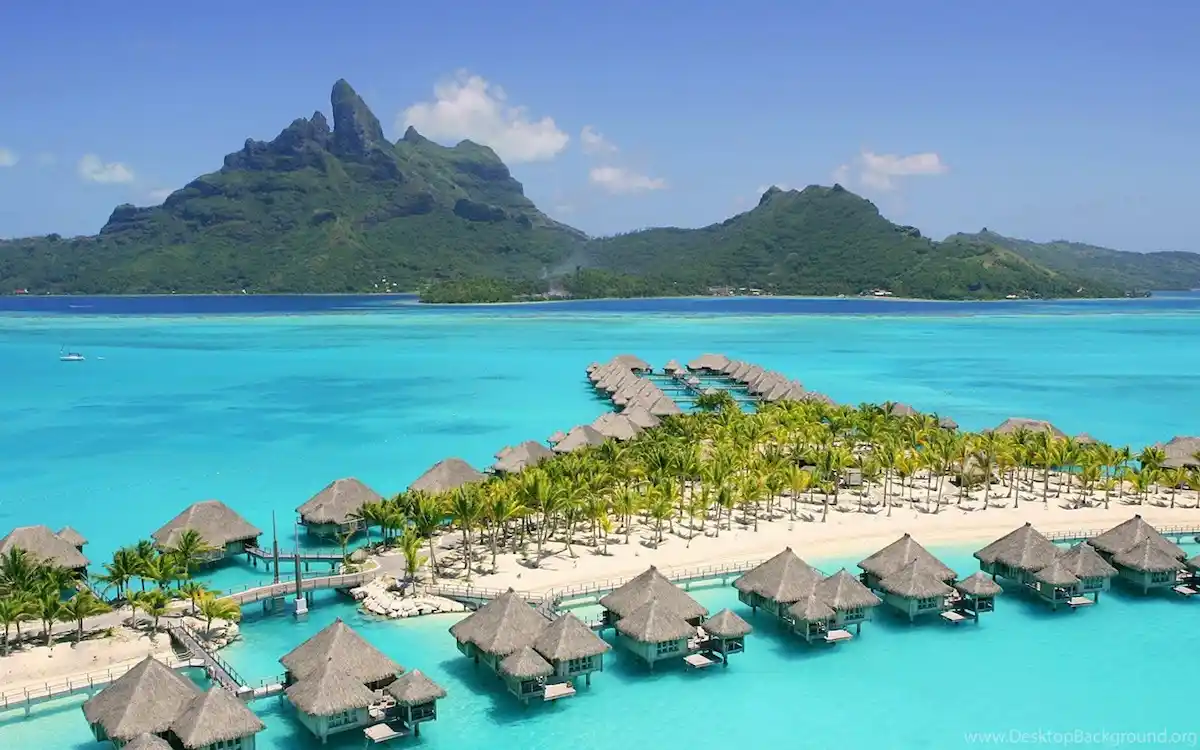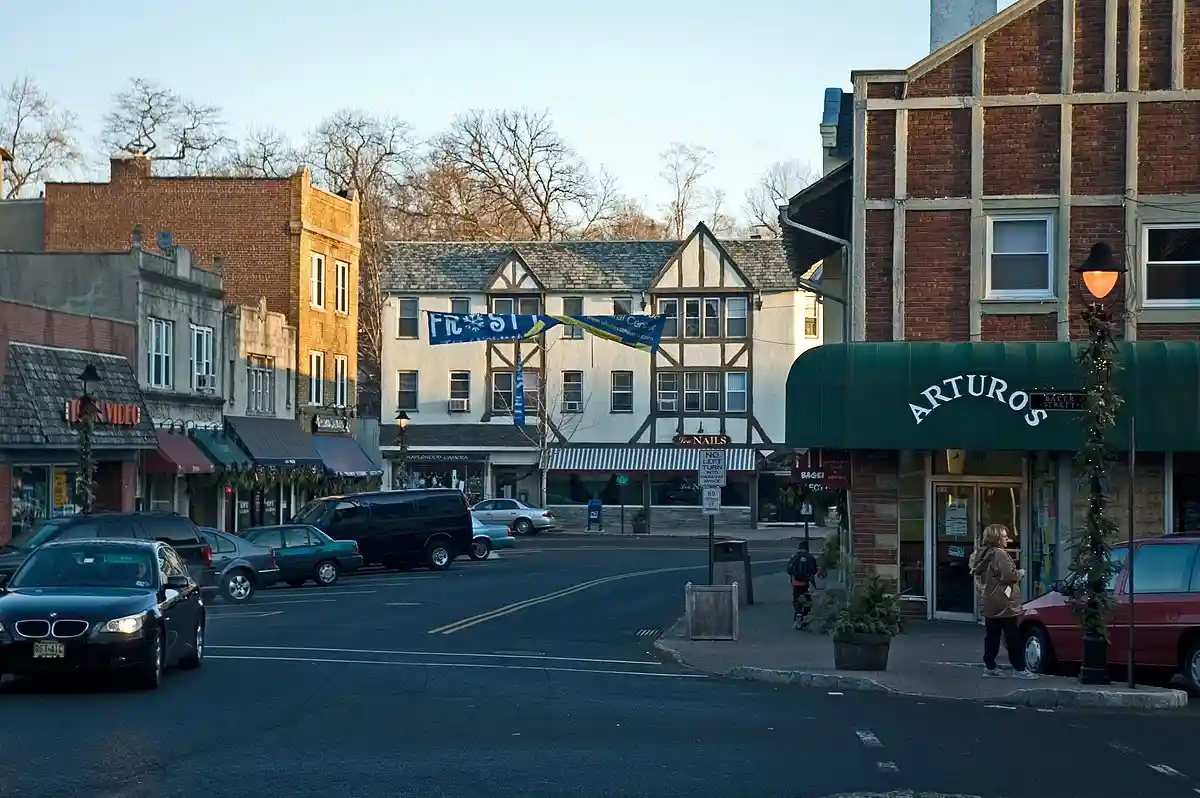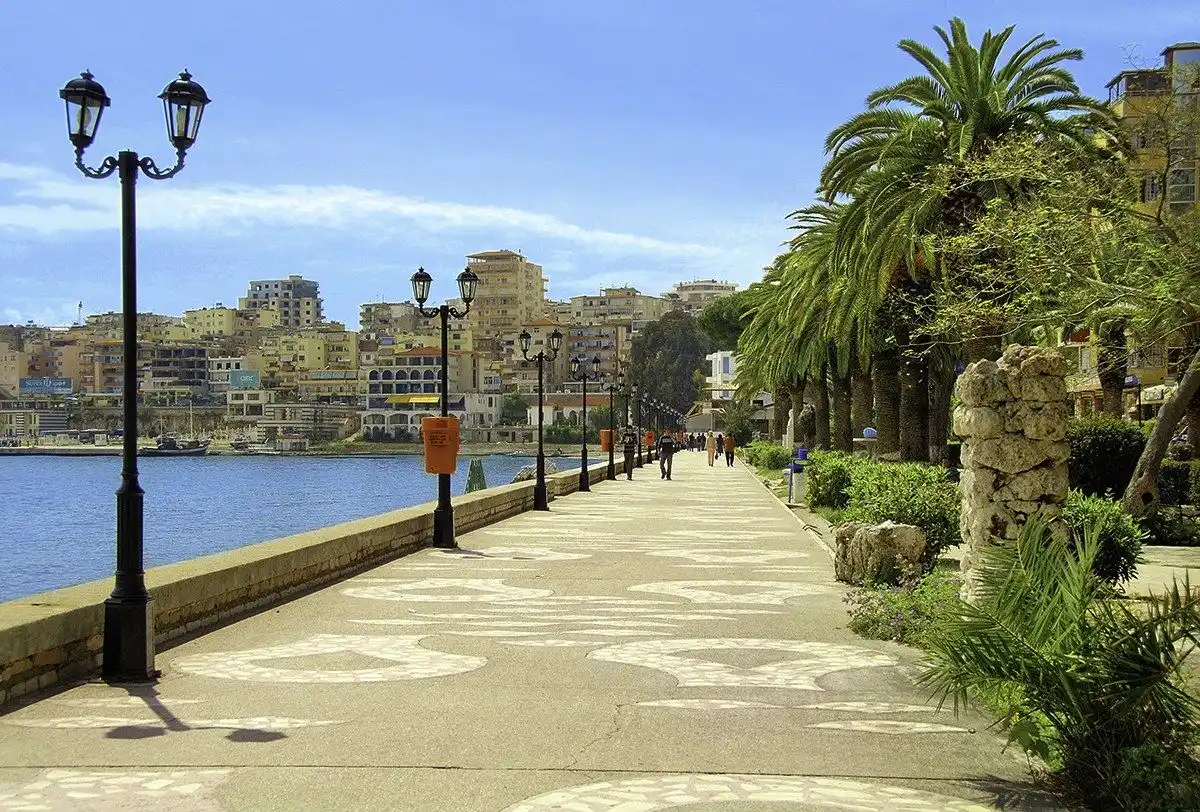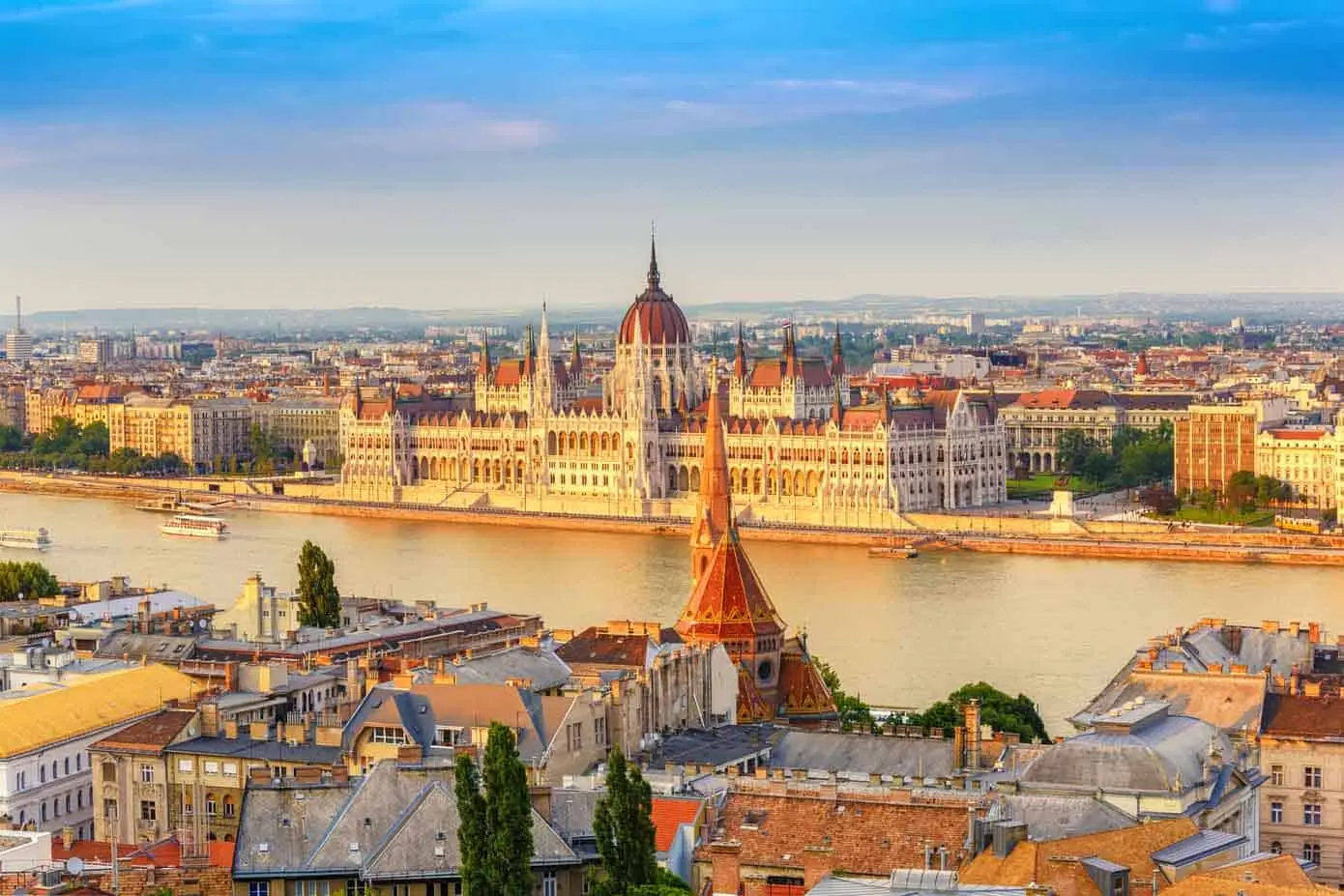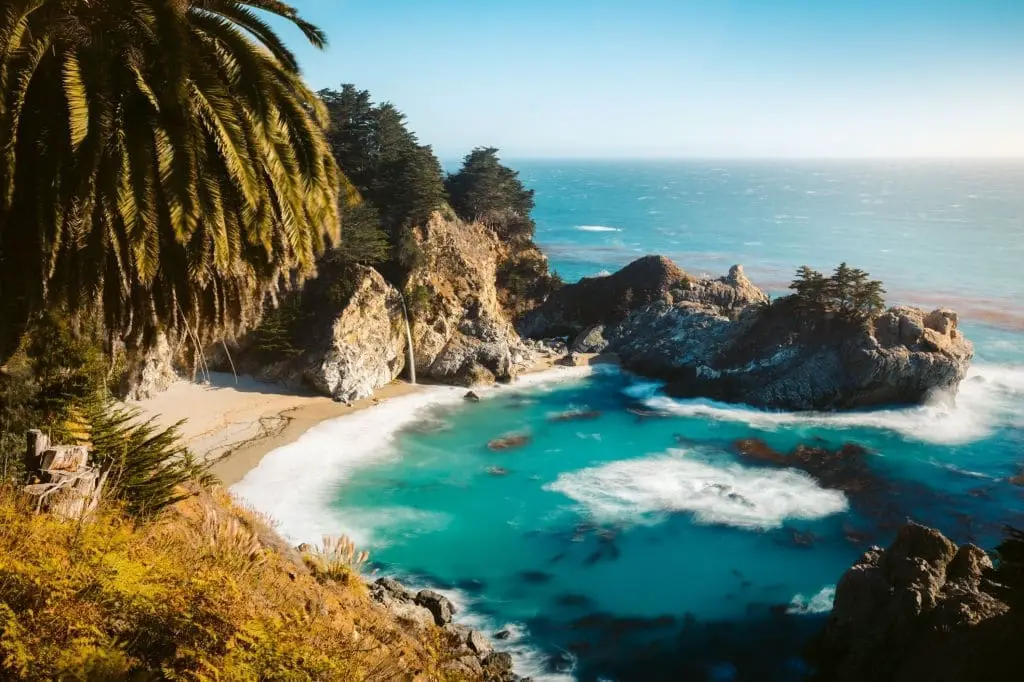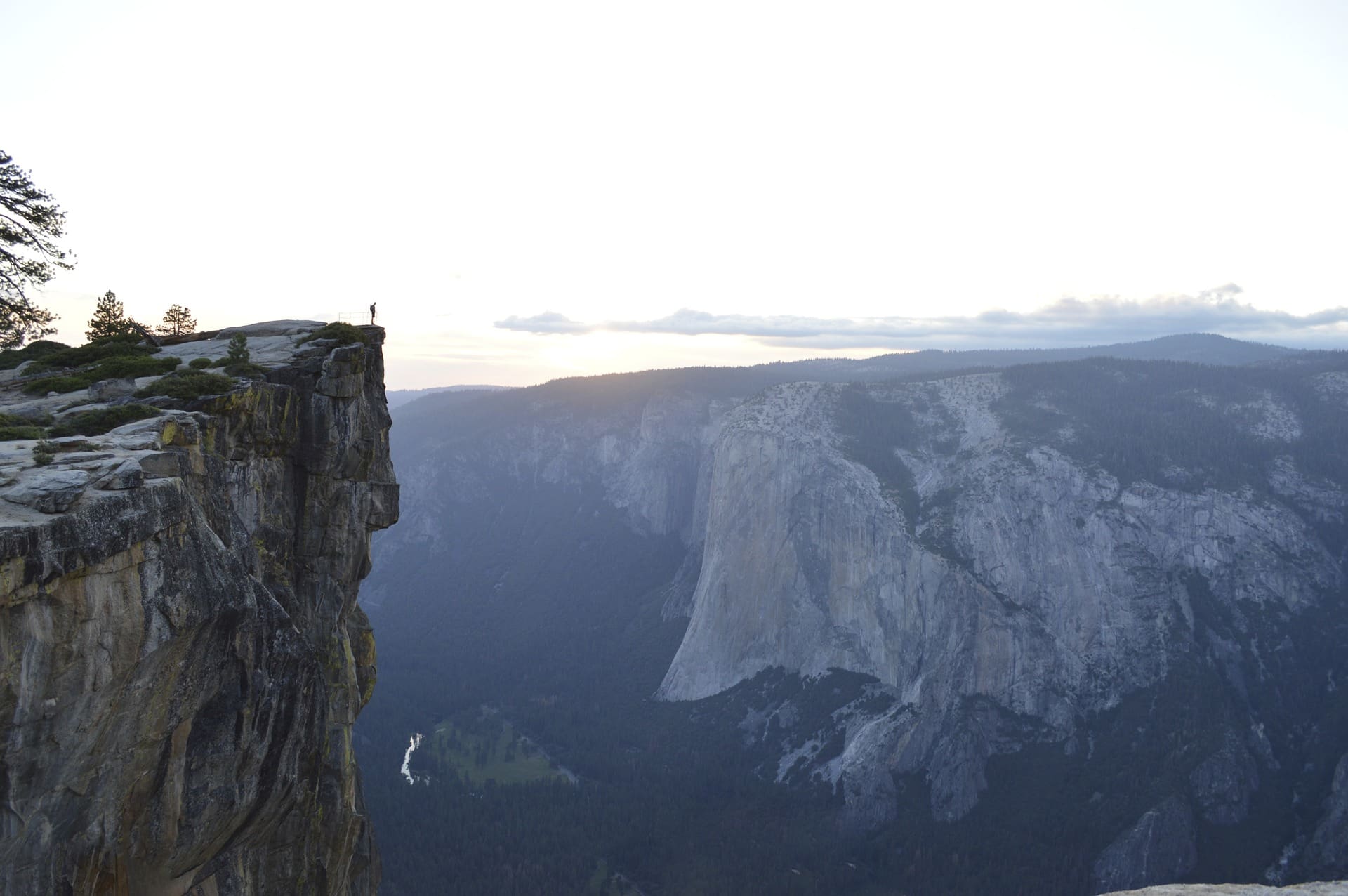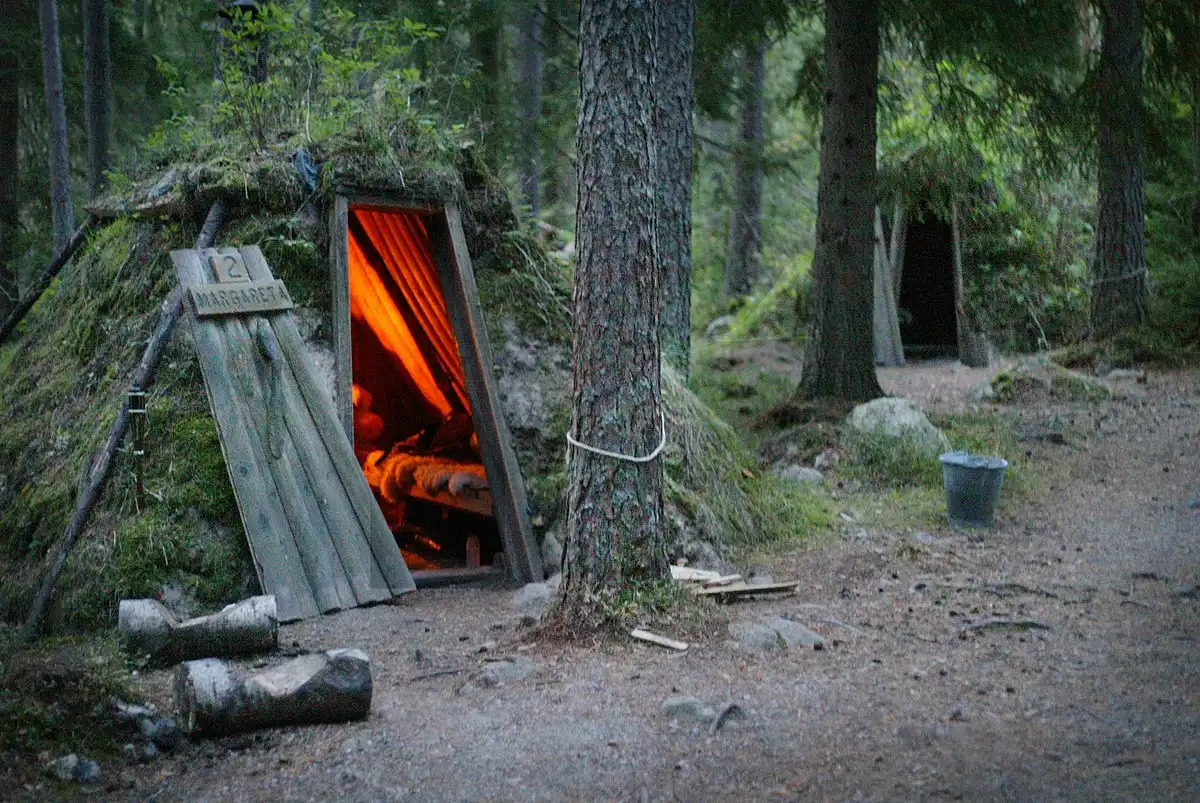South America is a continent teeming with vibrant cultures, rich histories, and breathtaking landscapes, making it one of the most captivating regions in the world for travelers. From the dense jungles of the Amazon to the snow-capped peaks of the Andes, South American cities offer diverse experiences that cater to all types of travelers—whether you’re seeking adventure, culture, history, or simply relaxation. What makes South America even more appealing is its eclectic blend of influences, ranging from ancient indigenous cultures to European colonial heritage, all of which shape the unique identity of its cities.
Some cities stand out due to their architectural beauty, while others are famous for their cultural or historical significance. Cities like Cuzco in Peru, which was once the capital of the Inca Empire, and Cartagena in Colombia, known for its preserved colonial architecture, offer an extraordinary glimpse into the continent’s past. Meanwhile, modern metropolises like Rio de Janeiro and Buenos Aires provide a cosmopolitan experience with contemporary art scenes, thriving food cultures, and lively music and nightlife.
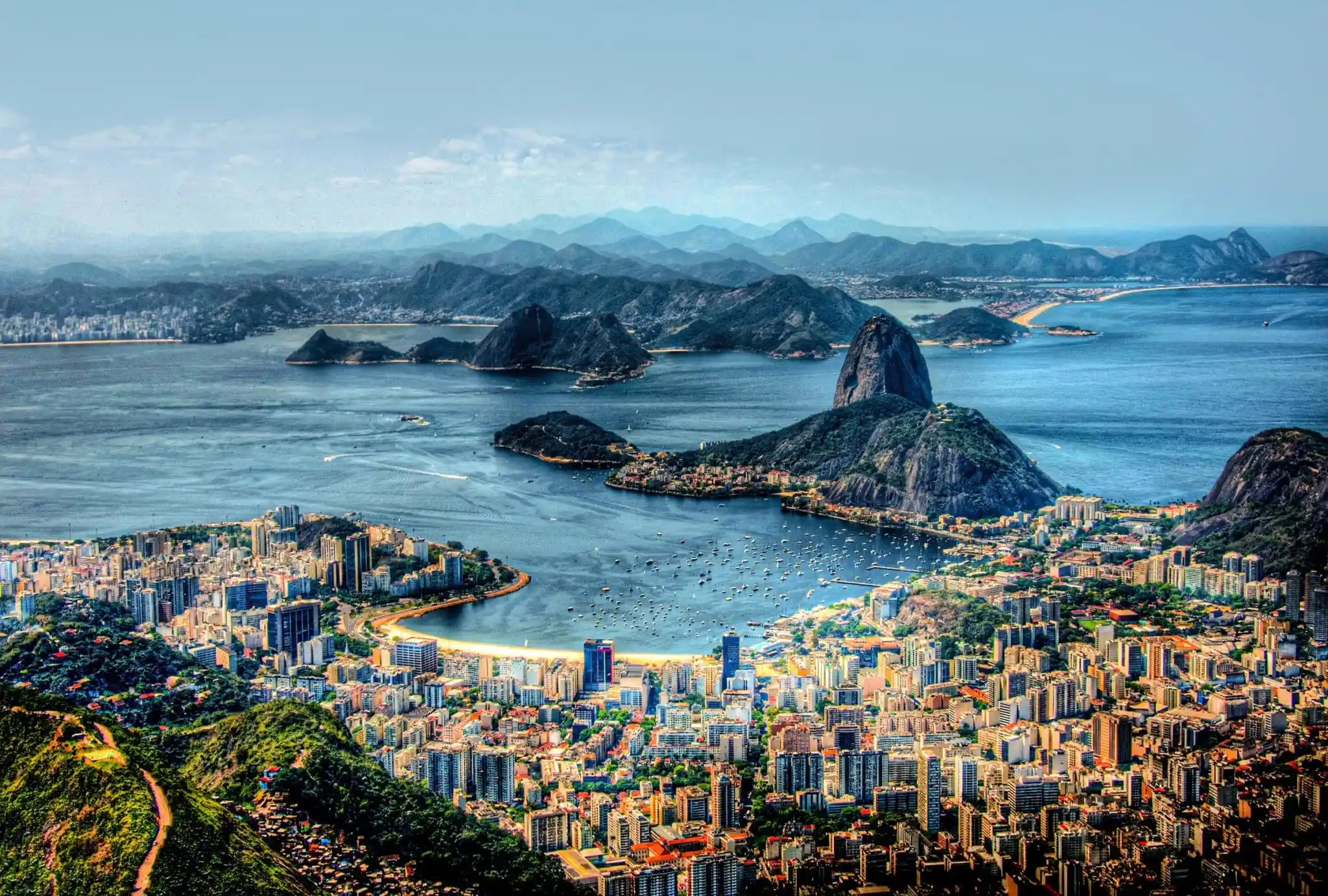 What truly makes South American cities unforgettable, however, is the connection to nature that many of them have. Cities like Quito in Ecuador, nestled in the Andes, or La Paz in Bolivia, sitting at the highest altitude of any capital city, offer awe-inspiring landscapes that can be explored on foot or by car. Whether you’re hiking through the rugged terrains of Patagonia, strolling the vibrant streets of Salvador, or enjoying a glass of wine in Mendoza’s vineyard-lined valleys, each city presents a diverse and extraordinary travel experience.
What truly makes South American cities unforgettable, however, is the connection to nature that many of them have. Cities like Quito in Ecuador, nestled in the Andes, or La Paz in Bolivia, sitting at the highest altitude of any capital city, offer awe-inspiring landscapes that can be explored on foot or by car. Whether you’re hiking through the rugged terrains of Patagonia, strolling the vibrant streets of Salvador, or enjoying a glass of wine in Mendoza’s vineyard-lined valleys, each city presents a diverse and extraordinary travel experience.
Here’s an in-depth look at the top 15 best cities to visit in South America.
1. Cuzco, Peru: A Window into Ancient Inca Civilization
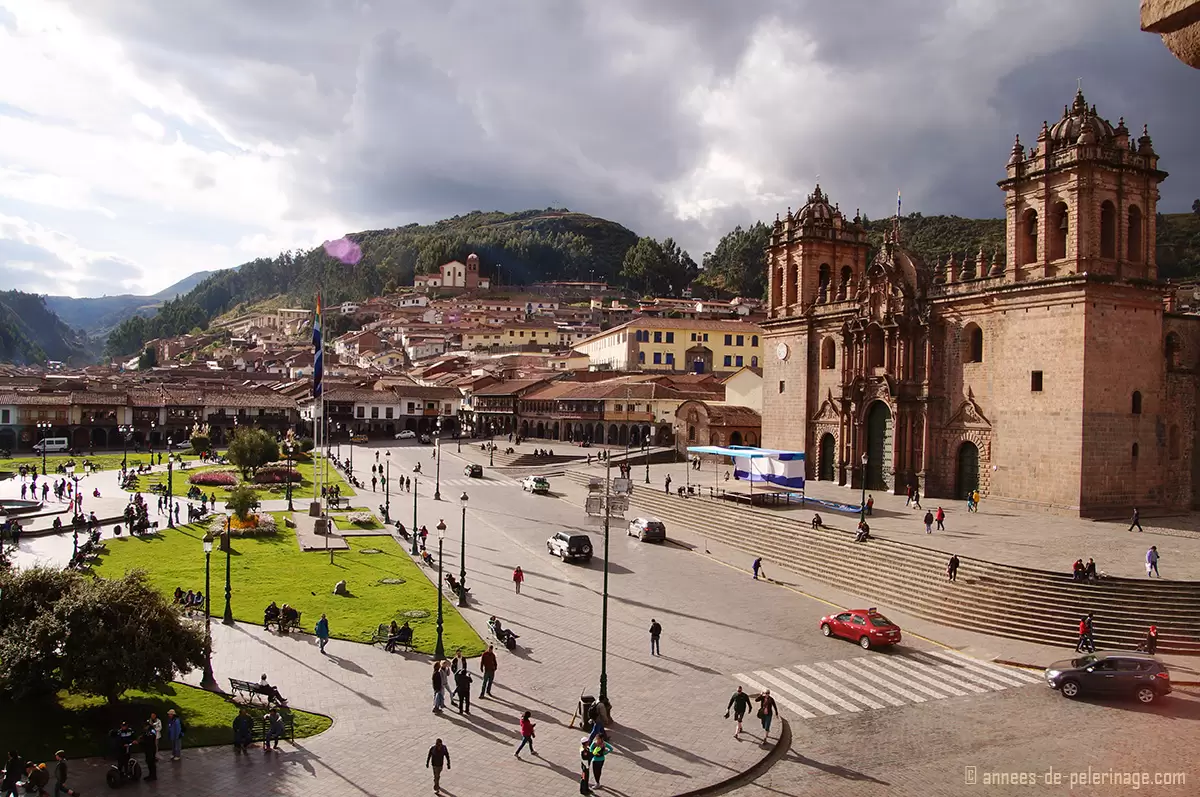
Cuzco is the heart of Peru’s rich history and the gateway to the magnificent Machu Picchu. As the former capital of the Inca Empire, Cuzco’s architecture, culture, and landscape are a living testament to the grandeur of ancient civilizations. The city is nestled in the Andes Mountains, and its Plaza de Armas is surrounded by impressive colonial buildings that were constructed on the foundations of ancient Inca structures.
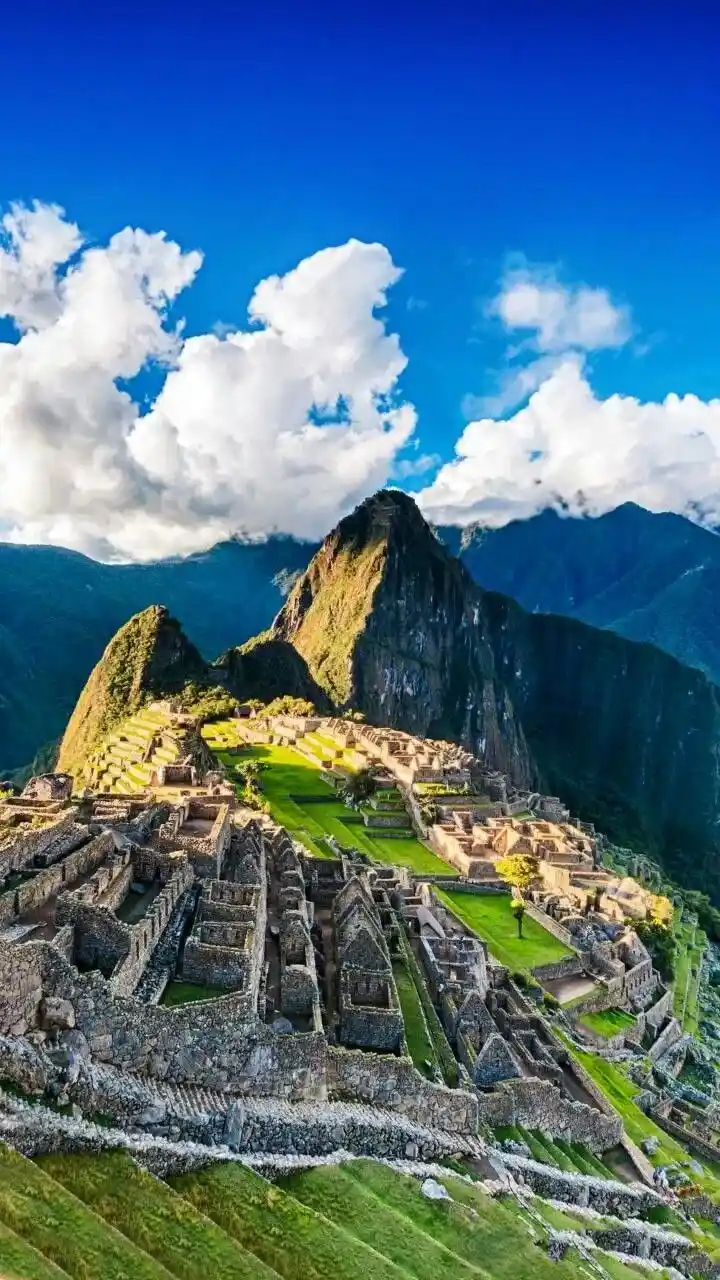
Key Highlights:
- Machu Picchu: This UNESCO World Heritage Site is a must-see. Located just outside Cuzco, it is one of the Seven Wonders of the World and offers awe-inspiring views of the surrounding mountains.
- Sacsayhuamán: A vast ceremonial complex just above the city, this ancient Inca site is known for its massive stone walls, which were engineered with incredible precision.
- Qorikancha: A former Inca temple dedicated to the sun god Inti, it was once one of the richest and most important buildings in the Inca Empire.
Cuzco is also the perfect place to experience authentic Peruvian cuisine, from ceviche to alpaca steaks, and immerse yourself in the vibrant cultural festivals that take place throughout the year.
2. Cartagena, Colombia: The Charm of the Caribbean Coast

Cartagena is one of the most beautiful cities in Colombia, boasting a rich colonial history and a stunning coastal setting along the Caribbean Sea. The city’s well-preserved historic center is a UNESCO World Heritage Site, with cobblestone streets, brightly colored buildings, and impressive forts that have stood for centuries.

Key Highlights:
- Walled City: The historical heart of Cartagena, filled with colonial buildings, lively plazas, and vibrant street art. This area comes alive in the evenings, with local music and the smell of street food filling the air.
- Castillo de San Felipe de Barajas: A massive fortress built to protect the city from pirates, it offers breathtaking views of Cartagena and a fascinating glimpse into its military history.
- Bocagrande Beach: A lively area with modern skyscrapers and golden sands, where you can enjoy a relaxing day by the sea.
Cartagena is also known for its vibrant Carnival celebrations, which take place every year and attract people from around the world to celebrate Colombian music, dance, and culture.
3. Salvador, Brazil: A Cultural Melting Pot
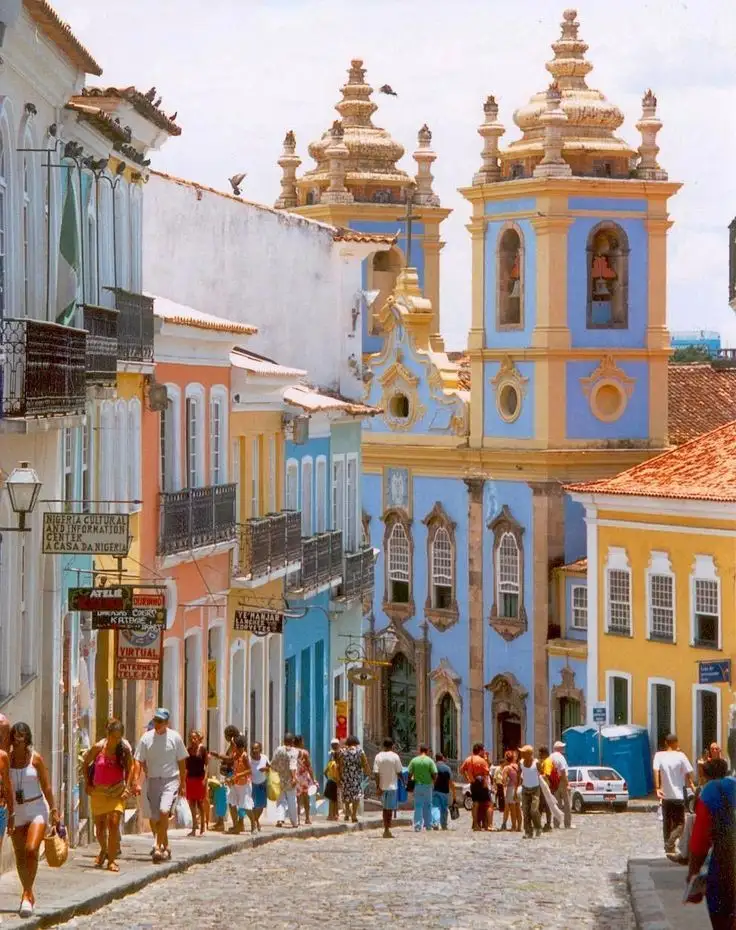
The city of Salvador in Brazil is often considered the cultural capital of the country. With its Afro-Brazilian roots, rich colonial history, and vibrant music scene, Salvador has a distinct and unforgettable charm. The Pelourinho district, with its colorful buildings and cobblestone streets, transports visitors to another era. The city also has a stunning coastline, where visitors can relax on pristine beaches.
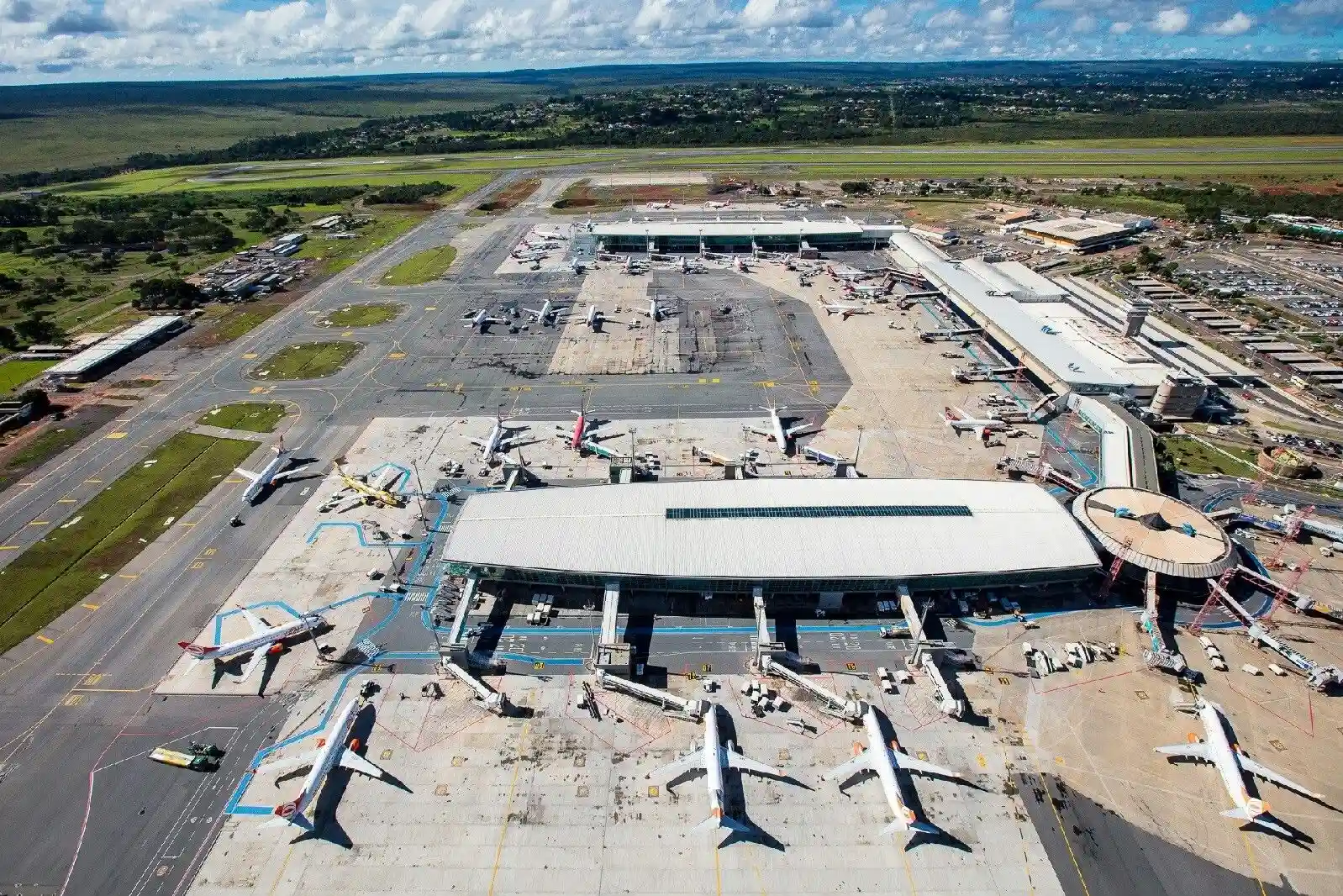
Key Highlights:
- Pelourinho: This UNESCO World Heritage Site is the historic center of Salvador and is known for its colonial architecture and vibrant street life.
- Elevador Lacerda: One of the most iconic landmarks in Salvador, this elevator connects the upper and lower parts of the city and provides magnificent views of the bay.
- Igreja de Bonfim: This historic church is an important site for Afro-Brazilian religious practices and offers a peaceful respite from the city’s lively atmosphere.
Salvador is also known for its Carnival, one of the largest and most vibrant celebrations in the world, with music, dancing, and parades that reflect the city’s Afro-Brazilian heritage.
4. Rio de Janeiro, Brazil: The Iconic City of Sun, Sand, and Samba
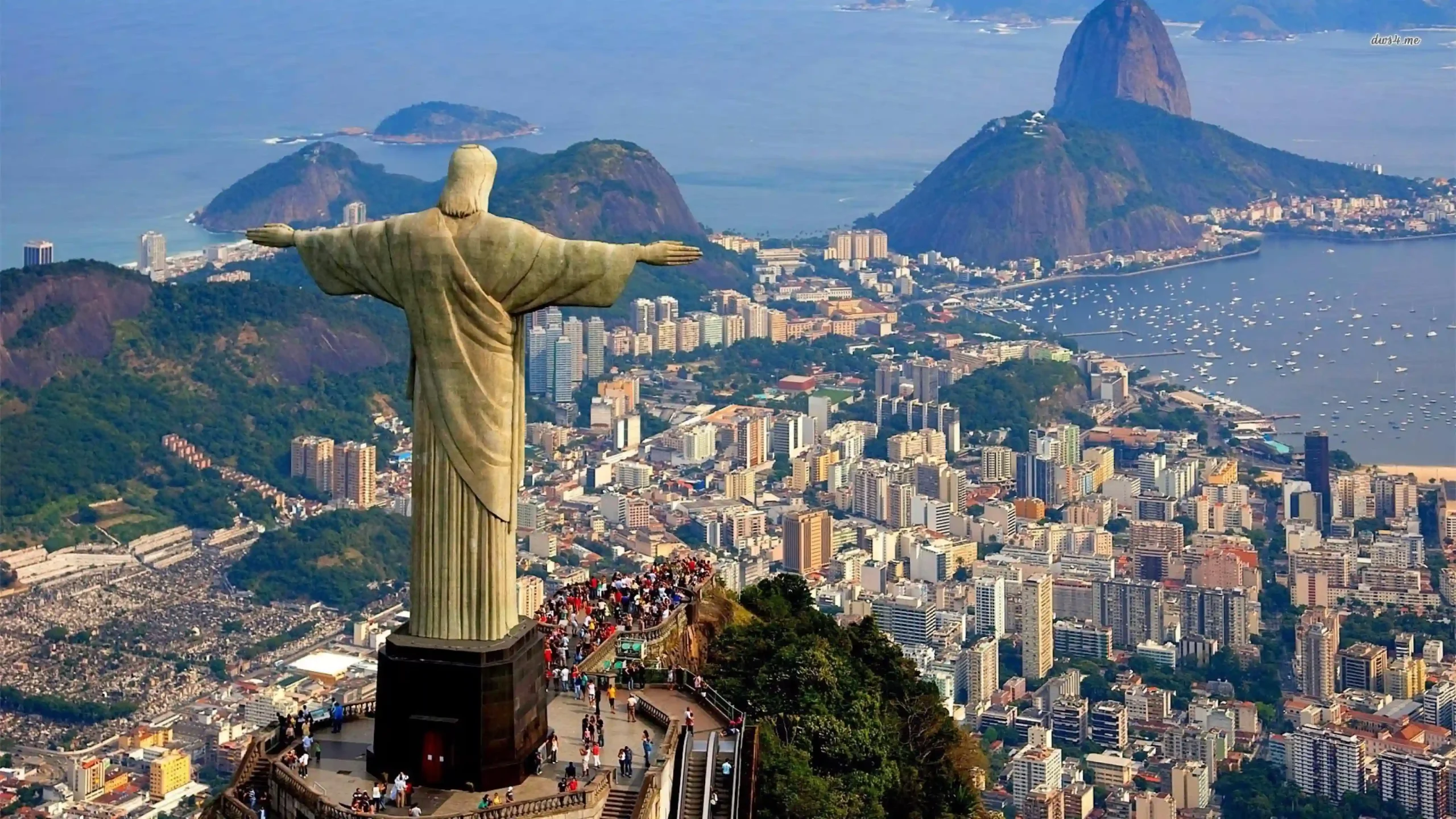
Known worldwide for its vibrant energy, beautiful beaches, and breathtaking scenery, Rio de Janeiro is a must-visit city in South America. The Christ the Redeemer statue on Corcovado Mountain is one of the New Seven Wonders of the World, and the views from Sugarloaf Mountain are unparalleled. Rio is also home to some of the world’s most famous beaches, including Copacabana and Ipanema.
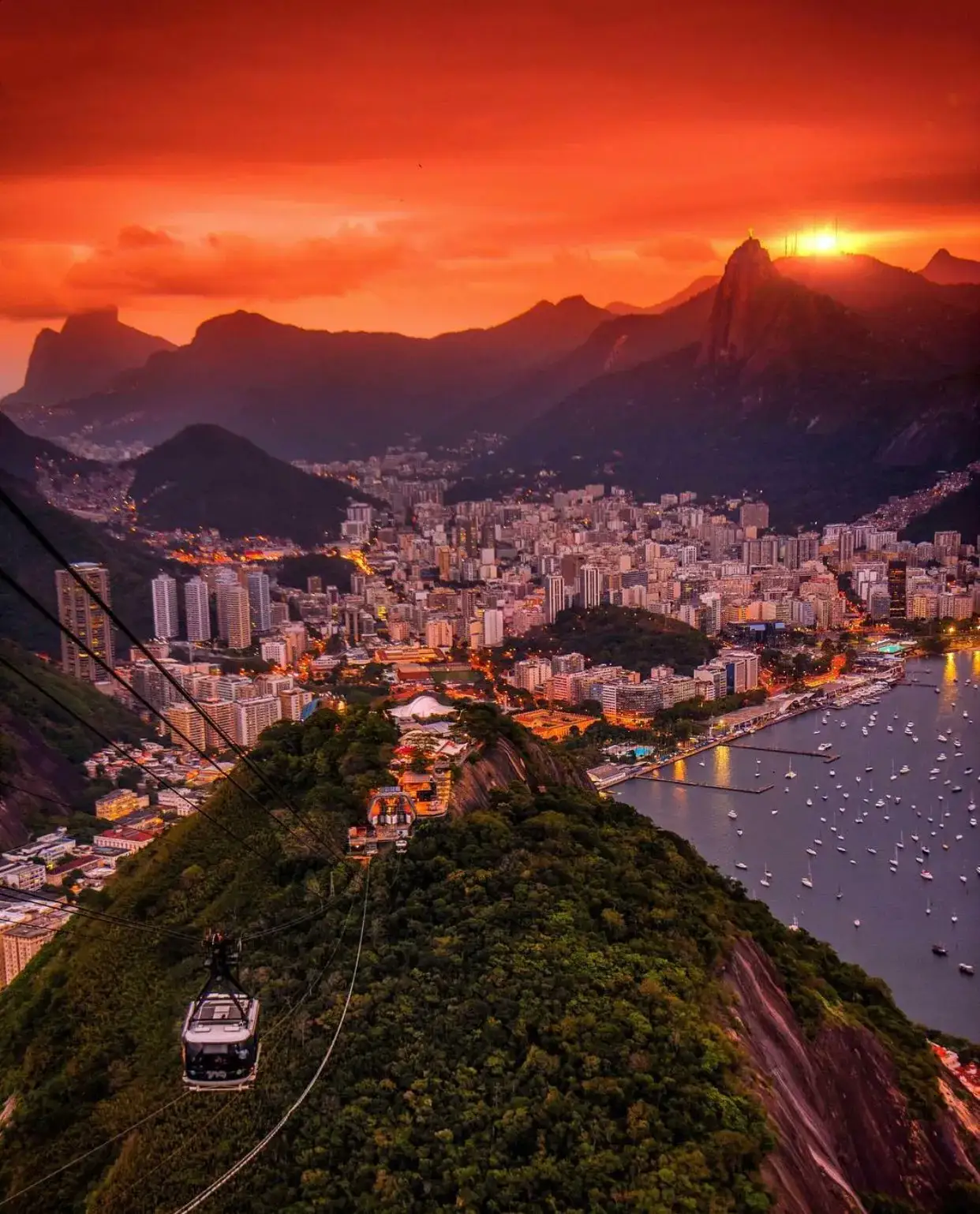
Key Highlights:
- Christ the Redeemer: Standing tall atop Corcovado Mountain, this iconic statue overlooks the city and offers one of the best panoramic views in the world.
- Sugarloaf Mountain: A must-see for anyone visiting Rio, the Pão de Açúcar (Sugarloaf) offers a cable car ride with awe-inspiring views of the bay and the city below.
- Copacabana and Ipanema Beaches: These two famous beaches are perfect for lounging in the sun, playing beach volleyball, and enjoying Rio’s beach culture.
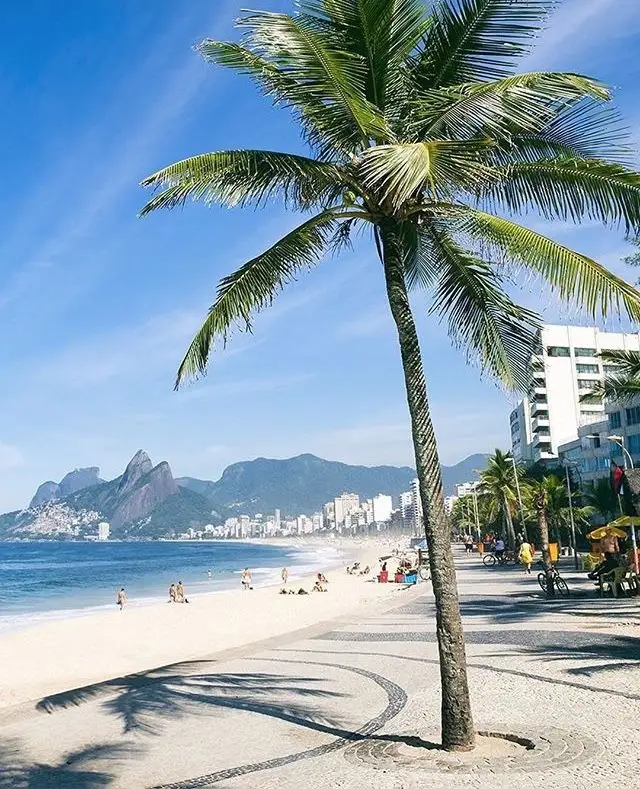
Rio is also famous for its Carnival, a spectacular event that draws millions of visitors every year for an unforgettable celebration of samba, parades, and colorful costumes.
5. Buenos Aires, Argentina: The Paris of South America

With its wide boulevards, elegant architecture, and vibrant arts scene, Buenos Aires is often referred to as the “Paris of South America.” This cosmopolitan city is a hub for tango music, delicious steaks, and beautiful parks. The Plaza de Mayo, Teatro Colón, and La Boca are just a few of the many iconic attractions that draw visitors to the Argentine capital.
Key Highlights:
- Avenida 9 de Julio: One of the widest streets in the world, it is lined with impressive buildings, including the iconic Obelisco.
- Teatro Colón: This historic opera house is a masterpiece of architecture and a must-visit for anyone interested in the performing arts.
- La Boca: Famous for its colorful houses and vibrant tango scene, this neighborhood is one of the most iconic in Buenos Aires.
Don’t miss the opportunity to indulge in traditional Argentine cuisine, including mouthwatering asados, empanadas, and the famous Argentine Malbec wine.
6. Lima, Peru: A Fusion of History and Modernity

As the capital of Peru, Lima offers a perfect blend of colonial history and contemporary urban life. The city is renowned for its incredible food scene, with world-class chefs pushing the boundaries of Peruvian cuisine. From the historic Plaza Mayor to the chic neighborhoods of Miraflores, Lima has something for everyone.
Key Highlights:
- Plaza Mayor: A historic square surrounded by colonial buildings such as the Cathedral of Lima and Palacio de Gobierno.
- Miraflores: A modern district filled with upscale restaurants, cafes, and shopping centers, all with breathtaking views of the Pacific Ocean.
- Huaca Pucllana: An ancient adobe pyramid located in the heart of the city, offering insight into Lima’s pre-Columbian past.
Lima is also home to some of the finest seafood in the world, including the ceviche that the city is famous for.
7. Quito, Ecuador: A Blend of History and Scenic Views
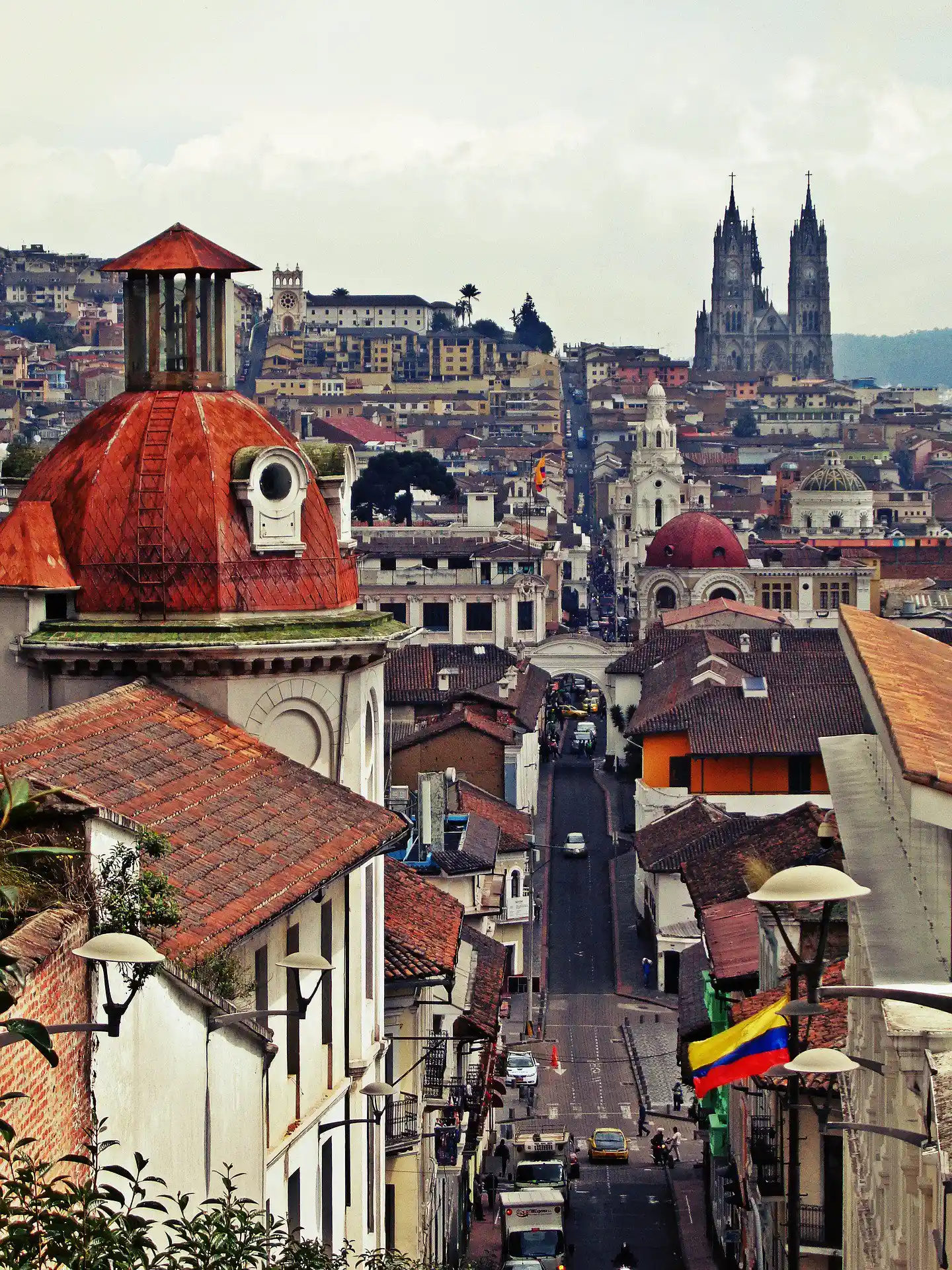
Quito, the capital of Ecuador, is a city that balances history and natural beauty. The Old Town of Quito is one of the best-preserved colonial districts in South America and is a UNESCO World Heritage Site. Surrounded by Andean peaks, the city offers stunning views and a wealth of historical landmarks.
Key Highlights:
- La Compañía de Jesús: One of the most impressive churches in Quito, known for its intricate Baroque architecture and gold-leaf interiors.
- Mitad del Mundo: This famous landmark marks the equator, where you can stand with one foot in the northern hemisphere and the other in the southern hemisphere.
- Teleférico Quito: A cable car ride that takes you up Pichincha Volcano, offering sweeping views of the city and surrounding mountains.
Quito is also an excellent base for exploring nearby natural attractions like the Cotopaxi Volcano and the Galápagos Islands.
8. Bogotá, Colombia: A Cultural and Artistic Hub

The high-altitude capital of Colombia, Bogotá, is a city rich in history and culture. The Gold Museum, one of the largest collections of pre-Columbian gold artifacts in the world, and the Botero Museum, showcasing the works of Colombian artist Fernando Botero, are just the beginning of what Bogotá has to offer.
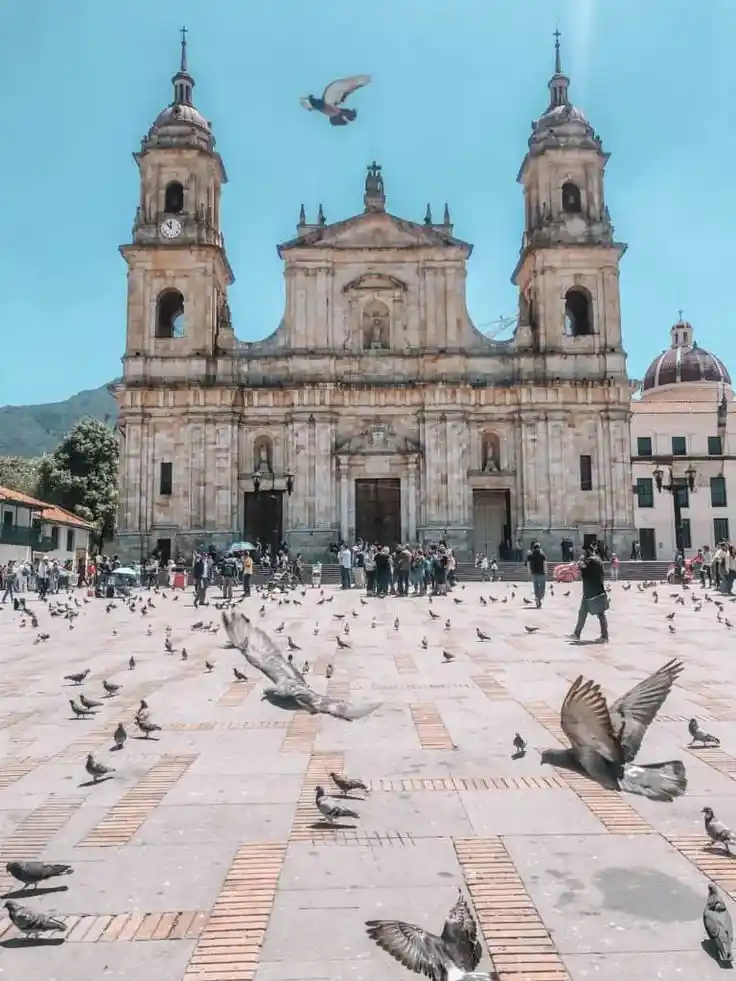
Key Highlights:
- Gold Museum: With over 55,000 pieces of gold and precious metals, this museum offers a fascinating glimpse into Colombia’s pre-Columbian civilizations.
- Monserrate: A hilltop sanctuary that offers panoramic views of the city, accessible by cable car or funicular.
- La Candelaria: The historic heart of Bogotá, filled with cobbled streets, colonial-era architecture, and vibrant cafes.
Bogotá is also known for its Andean cuisine and is home to several excellent restaurants serving ajiaco, a traditional Colombian soup.
9. La Paz, Bolivia: The Highest Capital City in the World
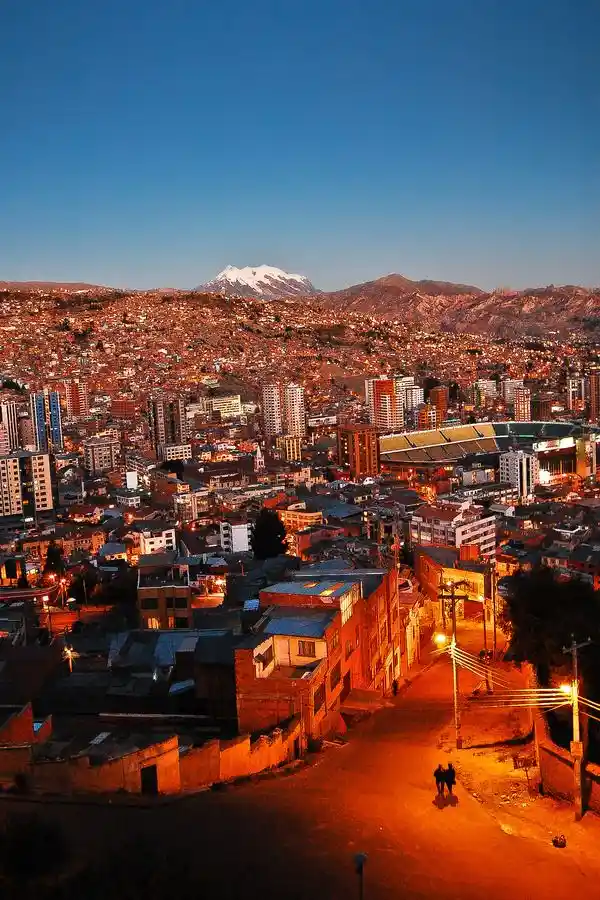
Perched at an elevation of over 3,600 meters, La Paz is the highest capital city in the world. The city is surrounded by dramatic mountain landscapes, including Mount Illimani, and is home to a fascinating blend of indigenous cultures and colonial influences. Visitors to La Paz are often struck by the city’s otherworldly atmosphere, where the views and experiences are unlike anything else on Earth.
Key Highlights:
- Witches’ Market: A bustling market filled with indigenous crafts, herbs, and amulets, offering a fascinating insight into Bolivian spirituality.
- Valle de la Luna (Moon Valley): A surreal landscape of rock formations that looks like a scene from another planet.
- Plaza Murillo: A beautiful square that is home to the Presidential Palace and the Bolivian Cathedral.
La Paz is also the gateway to the spectacular Lake Titicaca, the highest navigable lake in the world.
10. Medellín, Colombia: The City of Eternal Spring
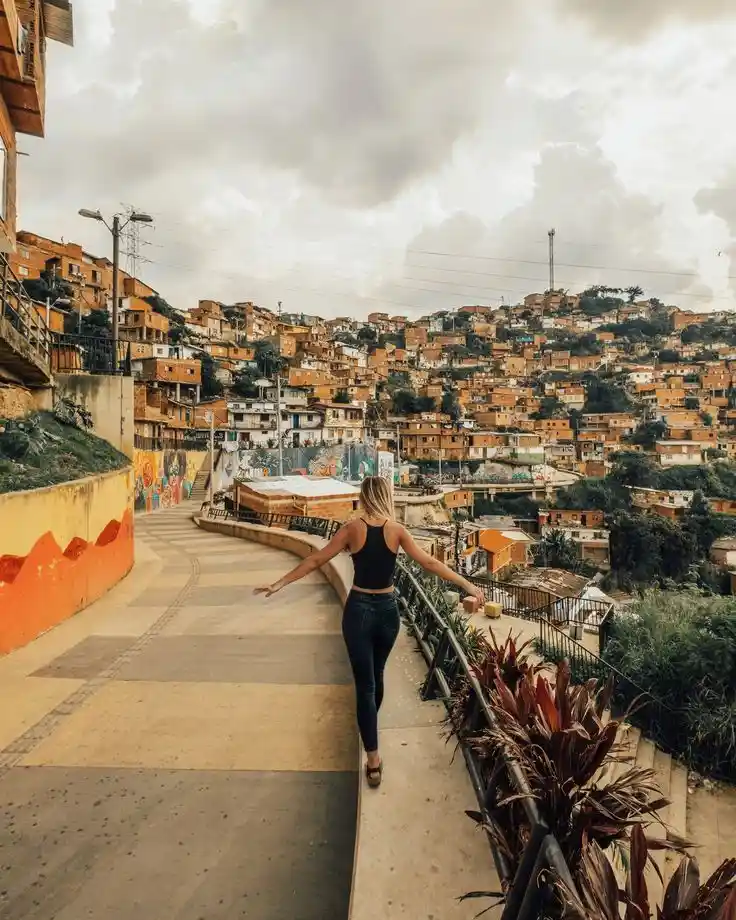
Medellín has undergone a remarkable transformation in recent decades, evolving from a city plagued by violence to a thriving cultural and technological hub. The city is known for its pleasant year-round spring-like weather, earning it the nickname “City of Eternal Spring.” Medellín has become a center for innovation, with its modern infrastructure and a growing number of cultural festivals, including the famous Festival of the Flowers.
Key Highlights:
- Comuna 13: A neighborhood that was once known for violence but has now transformed into a vibrant, creative district filled with street art, murals, and community projects.
- Botero Plaza: A public square filled with the famous sculptures of Colombian artist Fernando Botero, which add a whimsical touch to the city.
- Medellín Metro: The only metro system in Colombia, offering a unique way to explore the city.
Medellín is a great city for those looking to experience the cutting edge of Colombian culture, art, and technology.
11. Santiago, Chile: A Cosmopolitan Capital with Mountain Views
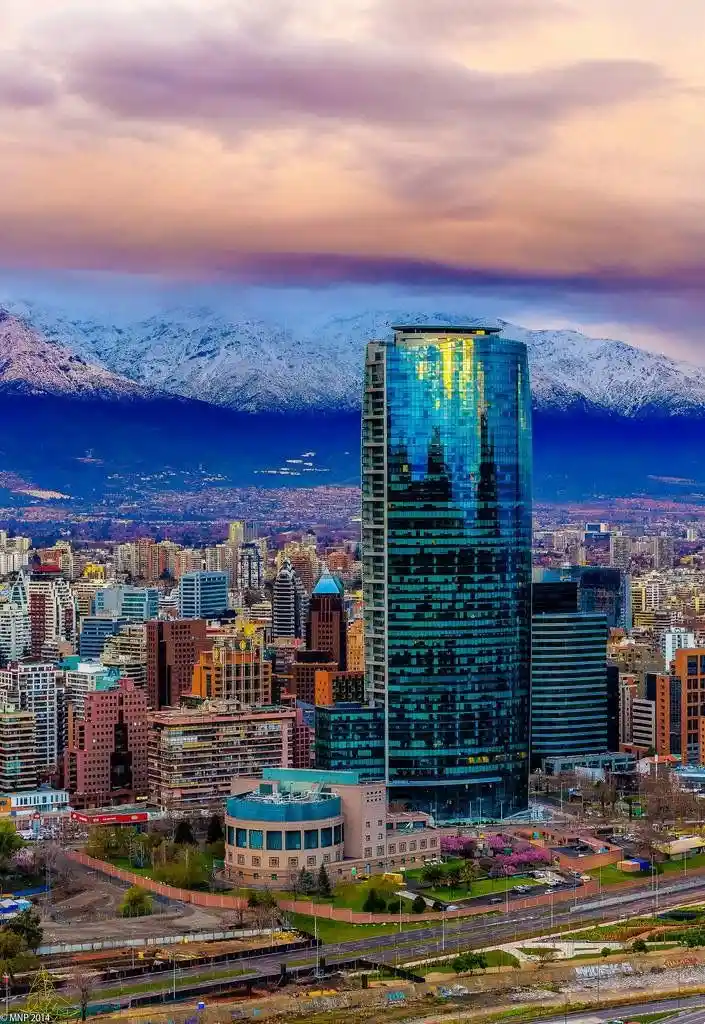
The capital of Chile, Santiago, is surrounded by the magnificent Andes Mountains and is a city that blends modernity with tradition. The city boasts world-class dining, shopping, and cultural attractions, and it is also the perfect base for exploring nearby natural wonders, such as the Atacama Desert and the Lake District.
Key Highlights:
- Plaza de Armas: The main square of Santiago, surrounded by historical buildings, including the Metropolitan Cathedral.
- Cerro San Cristóbal: A hill that offers panoramic views of Santiago and the surrounding mountains.
- Valparaíso: A colorful and artistic coastal city just an hour’s drive from Santiago, known for its steep hills and vibrant street art.
Santiago is also renowned for its fine wines, and wine tours to nearby vineyards are a popular way to spend a day in the region.
12. Asunción, Paraguay: A Hidden Gem in South America
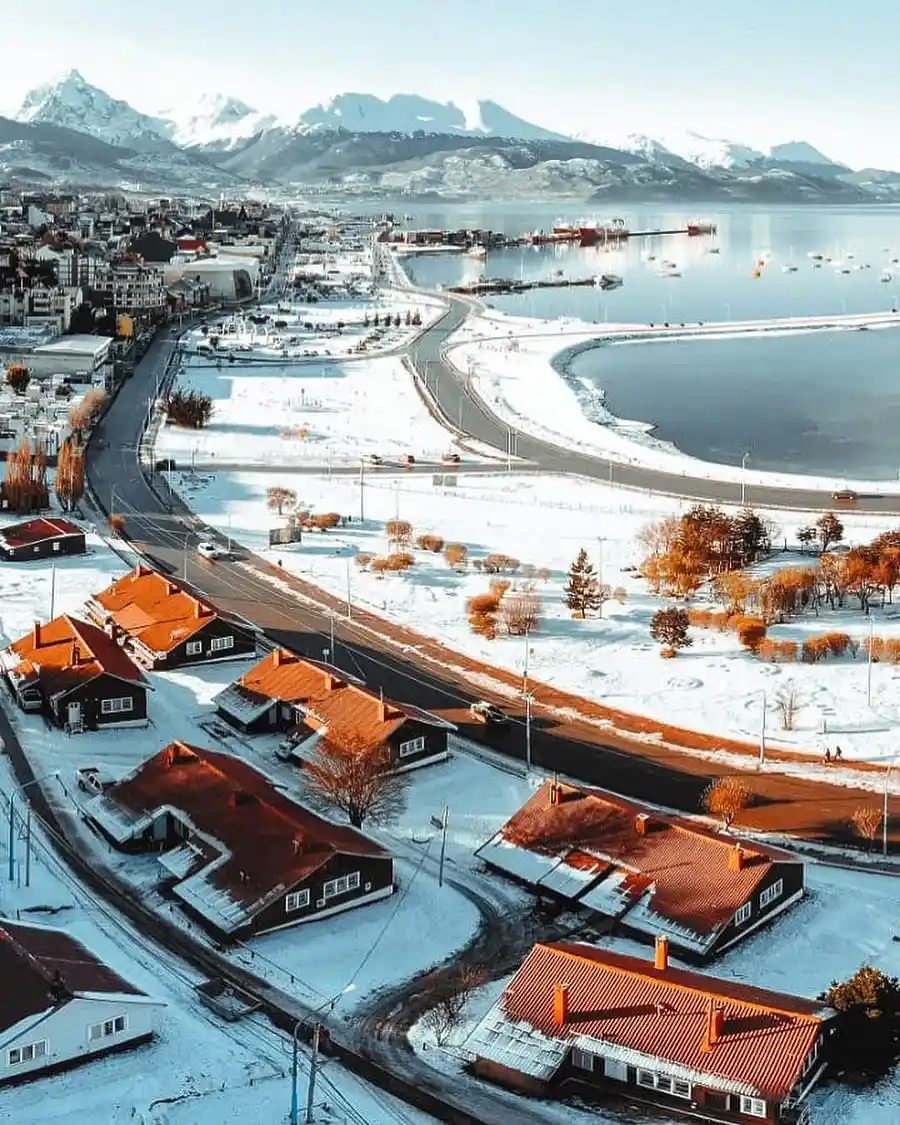
Asunción, the capital of Paraguay, may not be as famous as other South American cities, but it offers a unique and charming experience. Situated on the banks of the Paraná River, Asunción has a laid-back vibe with historical landmarks, vibrant neighborhoods, and a growing arts scene.
Key Highlights:
- Palacio de los López: The stunning presidential palace that overlooks the main square.
- Ñeembucú: A beautiful national park known for its wetlands and wildlife, ideal for nature lovers.
- Catedral Metropolitana de Asunción: The city’s main cathedral, a beautiful colonial-era building.
Asunción offers a more off-the-beaten-path experience for travelers looking to explore a less touristy destination in South America.
13. Montevideo, Uruguay: Relaxed Beachside Charm
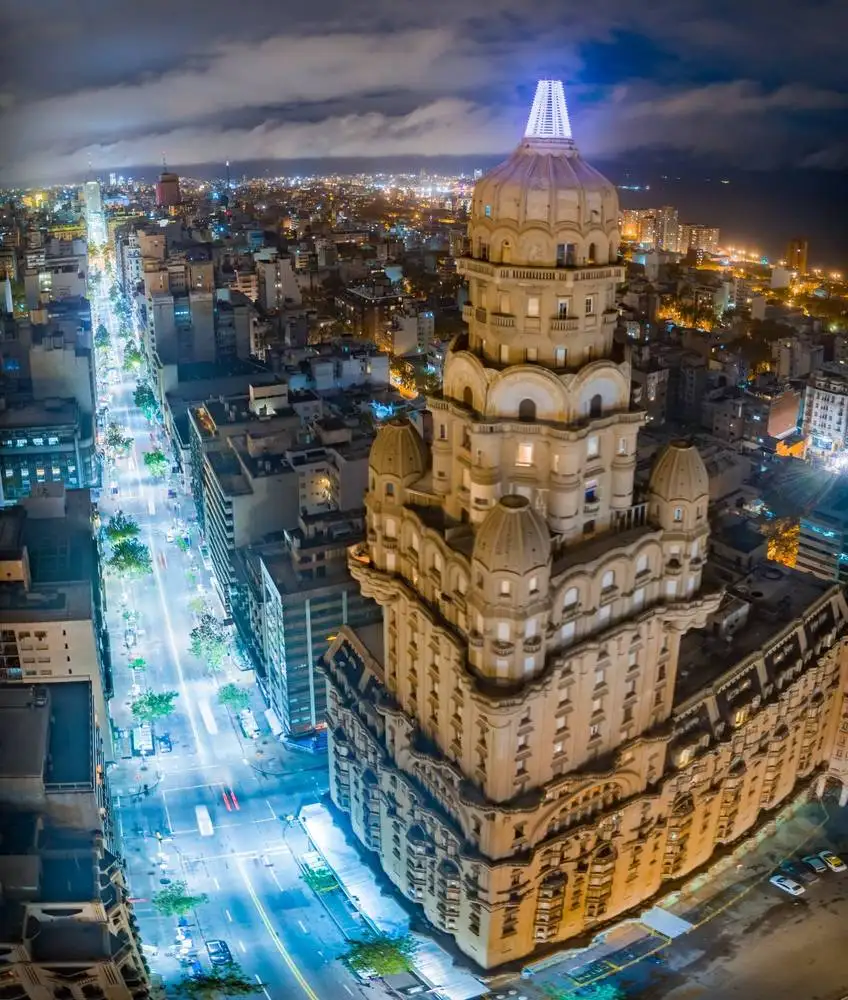
The capital of Uruguay, Montevideo, offers a blend of historic architecture, wide-open beaches, and a laid-back atmosphere. The city has a thriving cultural scene, with plenty of museums, theaters, and art galleries to explore. Its old town (Ciudad Vieja) is particularly charming, with cobblestone streets and colonial-era buildings.
Key Highlights:
- Plaza Independencia: A grand square that is home to the Solís Theatre and a statue of Artigas, a national hero.
- La Rambla: A long promenade that runs along the coastline, perfect for walking, cycling, or simply relaxing by the beach.
- Mercado del Puerto: A bustling market where visitors can sample Uruguayan food, including the famous asado barbecue.
Montevideo is a great destination for those seeking a mix of beach relaxation, culture, and food.
14. Mendoza, Argentina: Wine Capital of South America
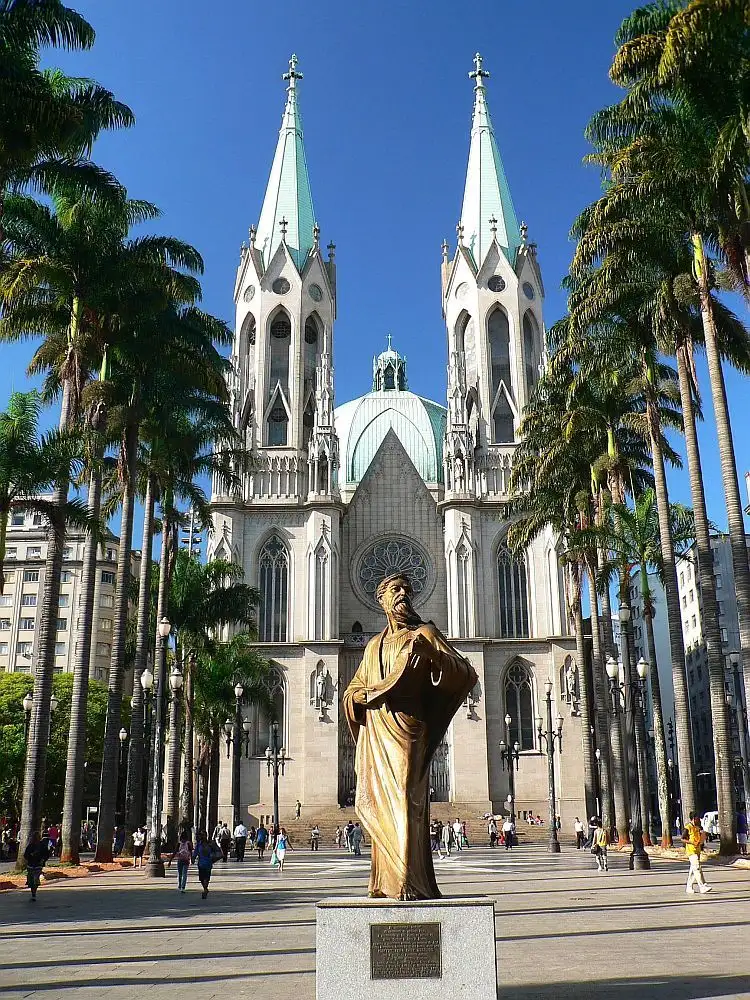
Located at the foot of the Andes Mountains, Mendoza is Argentina’s premier wine-producing region. The city is surrounded by vineyards, and it offers visitors the chance to indulge in world-class wines and enjoy breathtaking views of the mountains. Mendoza is also home to outdoor activities like trekking, rafting, and horseback riding.
Key Highlights:
- Bodegas: Visit the famous vineyards for wine tastings and tours, learning about the winemaking process.
- Aconcagua: The tallest peak in South America, offering challenging treks for adventure enthusiasts.
- Plaza Independencia: The central square, perfect for relaxing after a day of wine tasting.
Mendoza is a haven for wine lovers and outdoor adventurers alike.
15. Punta del Este, Uruguay: The Glamorous Beach Resort
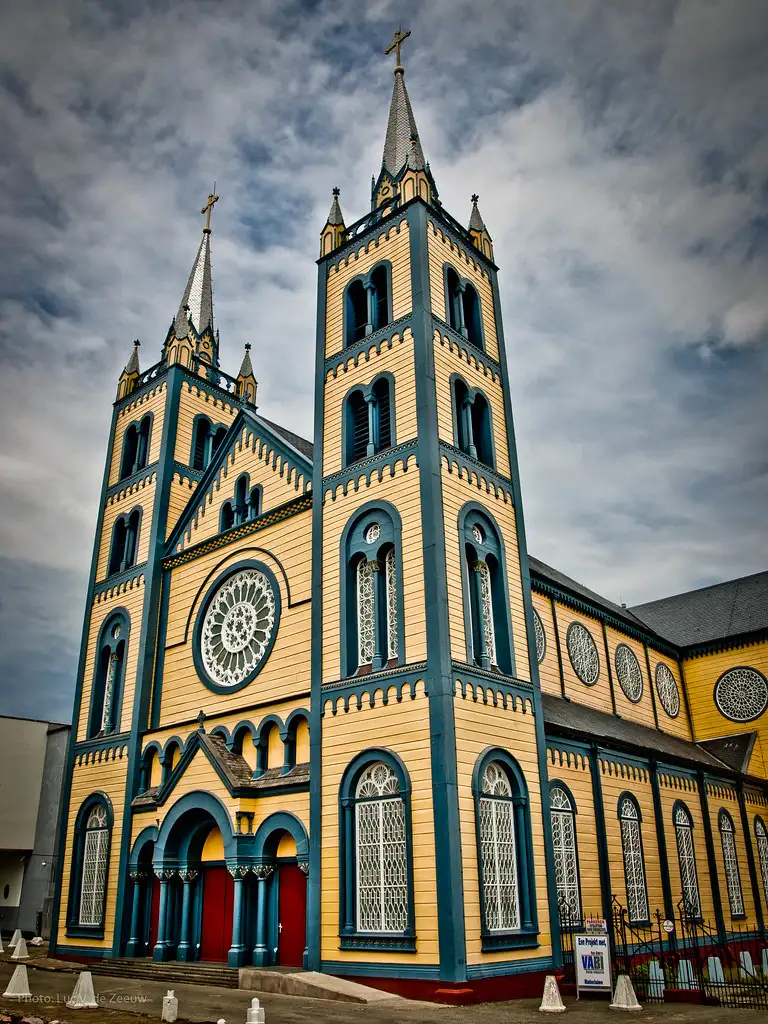
Punta del Este is Uruguay’s most famous beach resort, known for its stunning coastline, luxury hotels, and vibrant nightlife. Located on the Atlantic coast, this glamorous city attracts travelers from around the world, offering both relaxation and entertainment.
Key Highlights:
- Playa Brava: A beach known for its strong waves and the famous sculpture, La Mano, which is a popular photo spot.
- Casapueblo: An architectural masterpiece built by artist Carlos Páez Vilaró, offering breathtaking views of the ocean.
- Puerto de Punta del Este: The marina, where luxury yachts and fishing boats dock, surrounded by trendy restaurants and shops.
Punta del Este is the ideal destination for a glamorous beach vacation with an emphasis on relaxation, luxury, and culture.
Conclusion
In conclusion, the top cities of South America represent an extraordinary blend of history, culture, and natural beauty, making them some of the most intriguing travel destinations in the world. Each city offers a unique experience, from the ancient Inca ruins of Cuzco to the cosmopolitan energy of Santiago or the sun-soaked beaches of Cartagena. Whether you’re exploring historic sites, enjoying world-renowned cuisine, or simply taking in the stunning landscapes, these cities provide a diverse range of experiences that cater to every type of traveler.
The rich cultural heritage, stunning scenery, and warm hospitality of South America will undoubtedly leave you with lasting memories. So, whether you’re an adventure seeker, history enthusiast, foodie, or beach lover, there is a South American city that’s perfect for you. Take the time to explore these incredible cities and immerse yourself in the vibrant and varied tapestry that is South America.
FAQs
- What is the best time to visit South America? The best time to visit South America depends on the country and activities you are interested in. For most destinations, the best time to visit is during the dry season (from May to September), which is ideal for outdoor activities and sightseeing. However, the weather can vary greatly depending on the region, so it’s important to consider the climate of your specific destination.
- What are the must-try foods in South America? South America is famous for its diverse and flavorful cuisines. In Peru, don’t miss ceviche; in Argentina, try a traditional asado (barbecue); Brazil’s feijoada is a delicious pork and bean stew; and in Colombia, arepas (cornmeal cakes) are a popular snack. Each country offers something unique for food lovers.
- Is South America safe for tourists? While many South American countries are safe for tourists, it’s always important to exercise caution, especially in larger cities. Avoid walking alone at night in unfamiliar areas, keep valuables secure, and follow local advice. Researching specific travel safety guidelines for your destination is essential.
- What languages are spoken in South America? The primary language spoken in South America is Spanish, although Portuguese is the official language of Brazil. Some countries, such as Brazil and Paraguay, also have indigenous languages like Guarani that are widely spoken. English is commonly spoken in tourist areas but may be less common in rural regions.
- How do I get around in South American cities? South American cities have various modes of transport, including buses, subways, taxis, and ride-sharing apps like Uber. Many cities also offer bike-sharing systems or pedestrian-friendly districts. In more remote areas, local transport options such as buses and small planes are commonly used to reach more secluded destinations.

